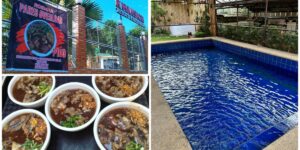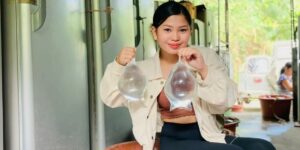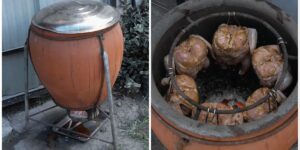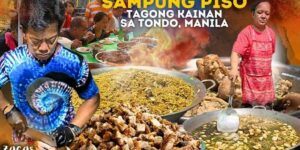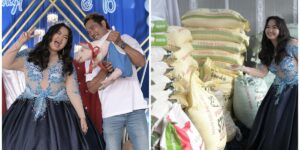An agriculture student proved that apple growing can be cultivated in the Philippines as he expanded his farm to over 300 apple trees.
Benzone Kennedy F. Sepe knows that growing apples (Malus domestica) in a tropical country like the Philippines might be tough. But living in Kapatagan, Digos City, Davao del Sur where the climate is cool made it an ideal place for him to grow them.
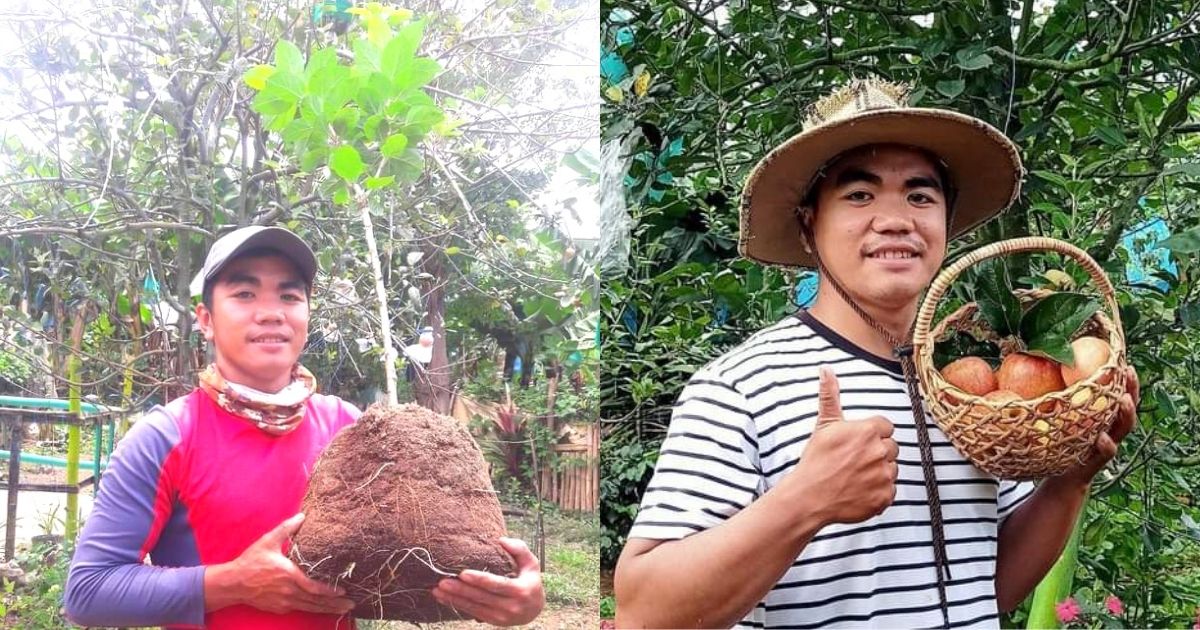
Seven years ago, the 30-year-old student began cultivating apples out of sheer curiosity. He took three seeds from an apple he was eating. He then started to plant them in seashells and moved them to seedling bags when they were approximately five inches tall. Sepe placed the young apple seedlings in the ground when they were six months old. Despite the fact that all seeds sprouted, just one tree survived.
His determination to cultivate apples grew when he visited Korea. He read local magazines about farmers growing mangoes in greenhouses and wondered if it’s also possible for apples. With this drive and an apple tree blossoming in his backyard, he returned home and began researching apple gardening.
Sepe began gathering the first apples from his apple tree in September 2018. Every harvest, he gets 30 to 35 fruits from the same tree.
Managing his farm
Now, Sepe happily enjoys the fruits of his labor as he now has over 250 to 300 apple trees. He grows this fruit in three separate areas: in a 600 sqm backyard, in front of their church, and in a half-hectare land where he rents.
According to Sepe, it may be difficult but it’s really possible to grow apples in the Philippines under certain conditions. In temperate climates, apple trees give fruit after five to seven months. In Sepe’s experience, it only takes four months to begin collecting apples in his area. However, the grower stated that apple seeds have a very low germination rate and are resistant to fungus. One of the numerous causes is the climate. So, you have to take a lot of chances and plant more.
“If you want to start growing apples from seeds, you have to plant as many as you can, 100 or more apple seeds if possible,” Sepe explained with The Manila Bulletin.
Pests are the most troublesome problem on his land. Sepe uses Integrated Pest Management (IPM) to control pests, which includes making homemade natural pesticides and foliar spray.
Sepe is in charge of all farm tasks. When he needs support, he hires part-time staff.
Kapatagan Apple Orchard, Rare Fruit Farm, and Nursery
Sepe grows a variety of apples including Fuji, Golden Dorsett, Starking, Granny Smith, Gala, Redlove Odysso, Russet, and more.
His orchard is home to more than just apples. Sepe also grows pear, persimmon, peach, Hass avocado, orange, durian, grapes, strawberry, guava, and vegetables.
Kapatagan Apple Orchard, Rare Fruit Farm, and Nursery is the Philippines’ first ATI-certified Learning Site for Agriculture (LSA) for apple production. It welcomes visitors and students interested in apple cultivation. A P20 entry fee is charged to each individual.
Related: For more inspiring stories on farming, you can read After Working as Software Engineers, Couple Goes into Farming
- IT Engineer Quits Job To Sell Siomai, Now Earns P5,000 A Day - June 30, 2023
- From Chocolate Cakes To Noodles: Maricar Reyes’ Food Businesses - June 25, 2023
- How To Be A Cebuana Lhuillier Authorized Agent - June 17, 2023
